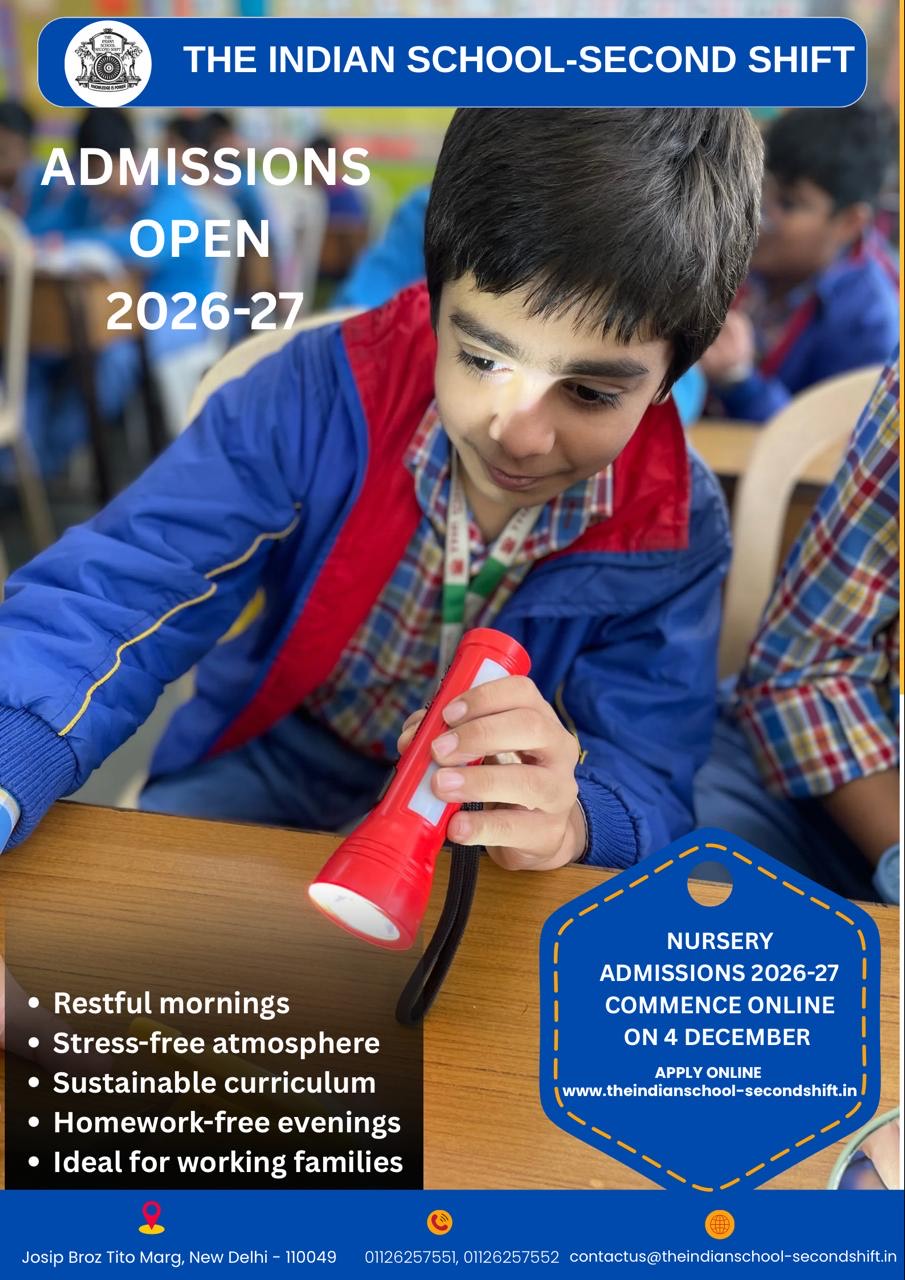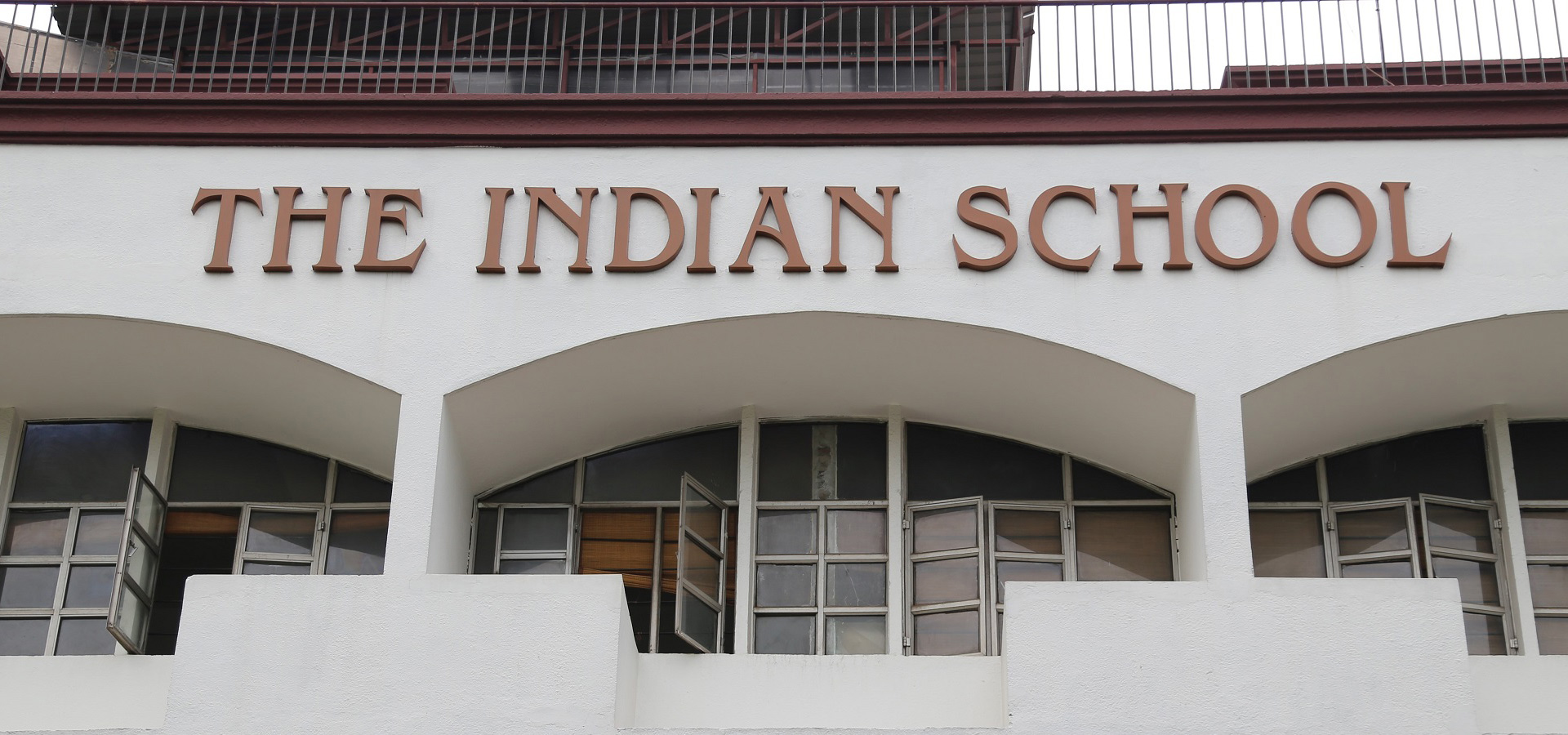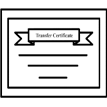Teaching EVS with kinaesthetic activity
Ms. Nita Ganguly conducted an interactive workshop on 29th June 2015. The objective of the session was to equip the teachers with a variety of activities while teaching EVS, to help the faculty, thus strengthen their lesson plans, build concept /mind maps, posing appropriate questions and recognising the learning gaps.
It was a good platform where the teachers shared their challenges and found solutions to overcome some pedagogical implications while dealing with EVS teaching.
Ms. Ganguly quoted I hear, I forget. I see, I remember. I do, I learn. She emphasised upon the importance of keeping resources organised and using as many of them as possible in the classroom while teaching a concept. She also oriented the teachers with a powerpoint presentation, on how to keep stimulating the children using brain-teasers, energisers and high-order thinking activities. Children should be made to reason everything, she explained. Start a topic with activities first; let the children experience the concept and then use the textbook as a tool.
[gallery link="none" ids="4658,4659,4660"]
The teachers were divided into groups and directed to perform the activities designed in accordance with the syllabi of the respective classes. They were asked to carry waste material which was used in these activities. The activities included making a house with waste material, a wind swirler, bird-feeder, hot air balloons, paper plate for a pollution check, air pressure gauge using sponge and straw etc.
The teachers shared their learning, even as they complemented it with new ideas that arose amongst them. It was understood that no two learners in a class are identical and that a single concept can be explained in a variety of ways. Teaching and learning through kinaesthetic activities effectively engages the students in a fun way.
Ms. Rajika Dixit.










